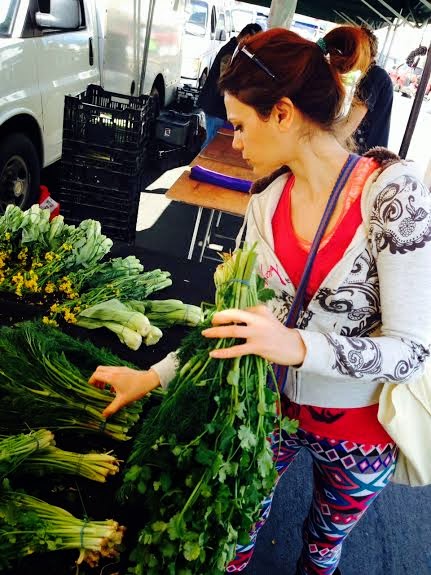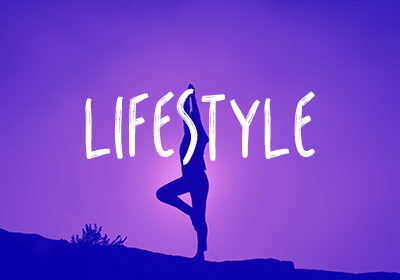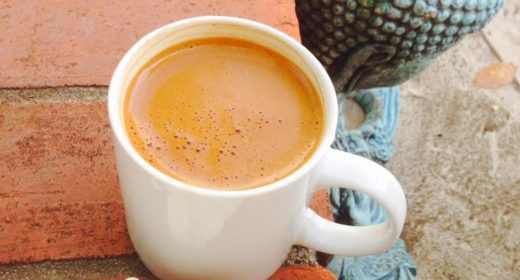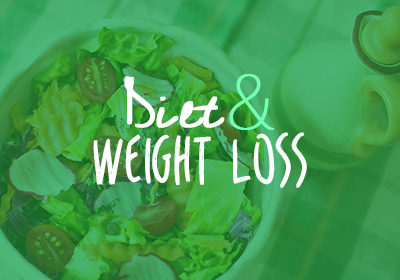Vegans, Protein and Sports. Inflammation free diet.
Vegans and Exercise
by Ali Kamenova
So how much protein do humans really need?
Well according to US & Canadian Dietary Reference Intake guidelines, women aged 19–70 need to consume 46 grams of protein per day, while men aged 19–70 need to consume 56 grams of protein per day to avoid a deficiency. (1)
If you do the math that is pretty low compared to what the general public thinks they need to consume. And even this guideline is exaggerated. It falls somewhere between 5-17% of calories from protein depending on caloric intake. Every gram of protein is 4 calories so this means that an average female needs around 184 calories in her diet from protein.
I eat a whole foods plant based diet and I do exceed the dietary minimum recommendation for protein on a daily basis. I can easily meet my requirements on a whole foods vegan or vegetarian diet. Where do I get protein from?
Absolutely every single whole plant food contains amino acids- the building blocks of protein. If you get your calories for the day you will get the required dietary protein.
If you are a competitive athlete or a bodybuilder you will need some additional protein because you need more calories in general but the ratio stays the same. You can easily get it from hemp or brown rice protein powder as well as some additional servings of lentils, beans, sprouts, seeds, nuts, etc.
“Strength-training athletes may increase their daily protein intake to a maximum of 1.4–1.8 g per kg body weight to enhance muscle protein synthesis, or to make up for the loss of amino acid oxidation during exercise.” (1) And since vegetarian sources have been proven to be less carcinogenic it only make sense to increase the vegetarian sources of protein in our diets and decrease the animal sources.
Generally protein deficiency is only seen in malnourished and starving nations. The western world gets way too much protein.
So the question is: Are there negative side effects of a high protein diet???
The consequences of excessive dietary protein intake are pretty nasty. It increases the risk of cancer dramatically. Please read the China Study. An excellent video I have been watching in the last couple of days is this one:
A research which tracked thousands of adults for nearly 20 years found that people who eat a diet rich in animal protein are four times more likely to die of cancer than someone with a low protein diet. source
I advise you to watch this video before you decide to increase your protein intake in the hopes of losing weight or just thinking it’s healthy.
Another issue with high protein foods is that when they are coming from an animal origin they are always low in fiber and higher in fat as well. Which will acidify your blood, affect your intestinal health and therefore reduce your assimilation and absorption of proteins. A lot of the cooked animal proteins have such low bioavailability that people end up consuming way too much protein in order to absorb a small amount of it. The rest just acidifies the blood and puts us at a higher risk of osteoporosis, inflammation, diabetes and cancer. There is a definite correlation between lower osteoporosis rates and higher intake of fruits and vegetables in the diet.
So the best thing one can do for their health is to get enough protein from their whole plant based foods and include as many fresh foods into their diet as possible.
I get most of my calories from fruits and veggies which is a high in carbohydrates diet. A lot of the longest lived nations in the world rely on a diet high in sweet potatoes, millet, rice, yucca root, potatoes, buckwheat, wheat, rye. People living on rice and potatoes as staple are almost never overweight! Breast cancer and diabetes are virtually unknown in some of these areas. You will probably never meet a centenarian that lived on a high protein, high fat diet. Dr. Atkins in his last years is a testimony to how damaging high fat, high protein diet can be. In the last years of his life he was severely obese and he died from heart disease!
 |
| Dr. Atkins obese |
The reformed version of the Atkins diet is the Paleo Diet, and there is even a raw food diet version of it that promotes high fat and low carbohydrate intake which is a recipe for arterial plaque and a risk factor for developing heart disease.
So considering there are only 3 macronutrients – carbohydrates, fats and proteins, there remains only one choice; to fill our plates up with carbohydrate rich plant foods and consume everything else in small quantities.
Nowadays there are plenty of vegan and vegetarian athletes, bodybuilders and educators that its easy to stay inspired, healthy, informed and motivated.
Plus carbs from healthy sources do keep you happy and energetic so thats a plus.
Now onto the more interesting realizations I have had regarding sports and a vegan diet.
As we all know inflammation and arthritis is one of the most common ailments in our modern society. They can be debilitating and keep us from exercising and staying healthy. After all one of the biggest reason people quit exercising is arthritis and pain. Most of the elderly in the US have some degree of arthritis in their joints. It’s commonly accepted that as we get older we are bound to get arthritis. It’s just normal. But then, why are there some african and asian nations with virtually no arthritis. Could it be their diet?
If you struggle with any kind of inflammation, especially chronic inflammation in the joints you have to look at your diet. Usually most degenerative diseases start from an internal trigger. They are not random or genetic. Genes can be indicative of weaknesses but only a poor lifestyle can trigger them and switch them on.
So in order to stay active, athletic and fit one must keep their inflammation down and adopt an anti-inflammatory-high-in-anti-oxidants diet.
Which foods fight inflammation?
 |
| STOCK UP ON COLORFUL VEGGIES |
Most colorful fruits and veggies have anti-inflammatory properties. Especially berries, melons, cruciferous veggies, dark leafy greens and squashes and pumpkins, rice (yes, rice!!! China and Japan have some of the lowest rates in arthritis in the world), millet, mung beans (an alkaline bean), other legumes.
Herbs that can be very potent in fighting inflammation, pain and trauma are turmeric (taken along with black pepper for increased absorption), ginger, oregano, barberry, basil, rosemary, cayenne, parsley just to name a few.
 |
| BUYING PARSLEY AT THE FARMERS MARKET |
The other biggest factor in fighting inflammation is your omega 3s to omega 6 ratio which should be somewhere in between 1:1 and 1:4 in comparison to ~1:16 in our modern day diets. How do we increase our omega fats intake? Contrary to popular belief instead of adding flax to your diet and increasing your overall dietary fat intake it’s a much healthier approach to decrease all omega 6 sources in your diet. You can REPLACE some of the omega 6 sources with omega 3 rich foods such as flax seeds, chia seeds and greens.
Eliminate GMO corn and soy fed animal products from your diet completely.
Reduce or eliminate dairy as it is linked to inflammation. And if you are buying dairy products make sure to go out of your way and find a local small farm that uses humane practices. You will be supporting small business as well as voting against farm raised animal factories.
If you suffer from a serious inflammatory condition you may need to take extreme measures.
What I would do (and have done) is go on a rice and veggie and fruit diet (exclude tomatoes, eggplants, potatoes, peppers and other members of the nightshade family. Exclude in this case means not a dusting of paprika on your food just in case you fall into that group of people that are extremely sensitive to nightshades and your arthritis is triggered by these foods). Stay on this diet for 1-4 weeks observing your symptoms and after that you can begin to introduce 1-2 single food items into your diet every 4 days. Keep a journal of your symptoms. If your inflammation gets worse after you include say yogurt or oats into your diet then go back! And continue his way. As a whole it’s best to adopt a clean plant based diet. This will allow your body to cleanse and heal. And give you an idea what is triggering your inflammation.
Another excellent option when dealing with chronic inflammation in the body is to do a detox. (I will write an article on this soon offering information on the most effective ways to detox. Not all detox diets are good or effective)
A thing to consider if you have a chronically inflamed joint is that often times OUR MOST FAVORITE food is the one we are sensitive to. So answer the question “Which food can you absolutely not live without?”. And eliminate this food for a while. I know this is a tough one but sometimes our instincts can be off and addictive behavior overrides our intuition.
Foods that are common triggers are eggs, dairy, processed foods, gluten (I believe for a very small percentage of the population), meat especially grain fed meats, nuts, citrus and members of the nightshade family.
Okay, so now that we are inflammation and pain free and properly nourished exercise becomes a lot easier and much more fun to incorporate into our life. Being pain and stiffness free is such a joyous feeling that giving up a few foods is really not even a sacrifice.
It is extremely sad and unfortunate that we have come to associate “protein” with healthy and “carbs” with fattening. The truth is there are no healthier foods than the high carb, antioxidant rich, inflammation and disease fighting fruits, veggies, roots and grains and there isn’t a single high in protein food that can or should be used in large quantities or as a staple.
So lets be healthy by adopting a (predominantly) plant based whole food diet and lets get crazy on the mat or in the gym or on the field. Recovery with raw fruits and veggies is really soreness free!!!
om shanti om










